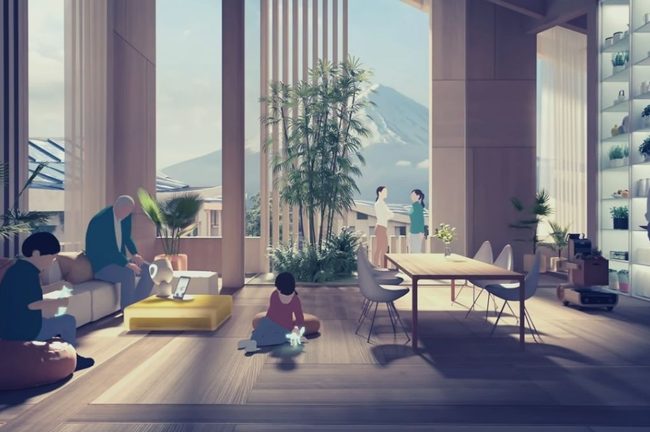Trends
-
Categories: Technology
Every Drop Counts: 3 Examples of Water-Efficient Designs
Water is the source of all life on earth. It’s essential for our health, environment, and economies. However, given its importance, water isn’t as abundant as one might imagine. While bodies of water cover most of the earth’s surface, only one percent of it is freshwater that’s available and safe for us to drink. According to the UN-Water, […]
-
Categories: Society
Air Travel is Bouncing Back. Here Are 5 Things Industry Leaders Should Know
There’s no way to sugarcoat the economic devastation the aviation sector has suffered during the pandemic: In 2020, airlines bled a loss of USD 168 billion. For comparison, this was the equivalent of the gross domestic product of the entire country of Greece in the same year. While uncertainties concerning the COVID-19 pandemic linger, thanks to rising global immunization […]
-
Categories: Architecture
Can Vertical Cities Solve Urban Population Overload?
By 2050, 70 percent of the world’s forecasted 10 billion population will live in cities, translating into roughly 7 billion urban dwellers, compared to 4.4 billion today. Most of this booming urbanization will take place in emerging economies such as China, India, and Indonesia. Even though these countries boast a vast land mass, they might still struggle to accommodate this urban growth in […]
-
Categories: Architecture
4 Stunning Examples of Eco-Friendly Hotels
An estimated market value of USD 1 trillion in 2022 and expected to jump to a whopping USD 8.4 trillion by 2032, millions of travelers are losing interest in resort tourism and favor smaller, eco-friendly establishments.
-
Categories: Security
When to Upgrade an Automatic Pedestrian Door
An automatic door confers many advantages to both the operator and the user, especially if it's manufactured in compliance with strict standards and regulations, including work code, fire safety, accessibility, burglar-proofing, and energy savings. Nevertheless, following years of usage, it might still be necessary to replace it for the following reasons.
-
Categories: Architecture
How Metaverse Might Be a Playground for Architects
Metaverse doesn't refer to a single specific technology but a combination of multiple elements, including VR, AR, aspects of social media, online gaming, in 3D spaces. The term describes a vast transformation in how people interact with technology rather than a method.
-
Categories: Architecture
Top 4 Trends in Sustainable Architecture and Construction
Construction is still one of the least efficient and digitized industries worldwide. Nevertheless, in the last decade, there has been a considerable push from some of the industry leaders for better practices that are kinder to our planet
-
Categories: Society
Micro-living: 5 Reasons Why Bigger Isn’t Better
Taking a more serious and structured approach to downsizing, "micro-living" is now a dominant design and real estate trend. Officially, this term refers to homes that are up to 35 square meters in size.
-
Categories: Technology
Top 5 Technology Trends to Change our Lives in 2022 and Beyond
In whatever ways the pandemic might continue to affect the world, there's no doubt we're set to have some technological advancements in the years ahead.
-
Categories: Technology
How Green Logistics Can Contribute to Sustainable Bottom Lines
Logistics is a crucial part of doing business in the modern world, but it comes with a high environmental cost. About 8 percent of the global carbon emissions come from logistics, which is also a significant contributor to air pollution including particulate matter, nitrogen oxides, and volatile organic compounds.
-
Categories: Technology
BIM: From “Building Information Modeling” to “Better Information Modeling”
Upon reading the acronym "BIM", one often thinks of the three-dimensional mapping of products in a digital model. But there's much more to it: With BIM, architects and planners can manage any information related to building design and represent processes, thus making data available at the right time and to the right extent.
-
Categories: Technology
These 3 Smart Cities In Making Will Shape the Future of Urbanism
A smart city is an urban settlement that uses technology to solve problems and optimize city life. This idea can come to fruition in two ways: Some cities, such as Singapore or Dubai, are working on becoming "smart cities" via infrastructural updates and investments.













